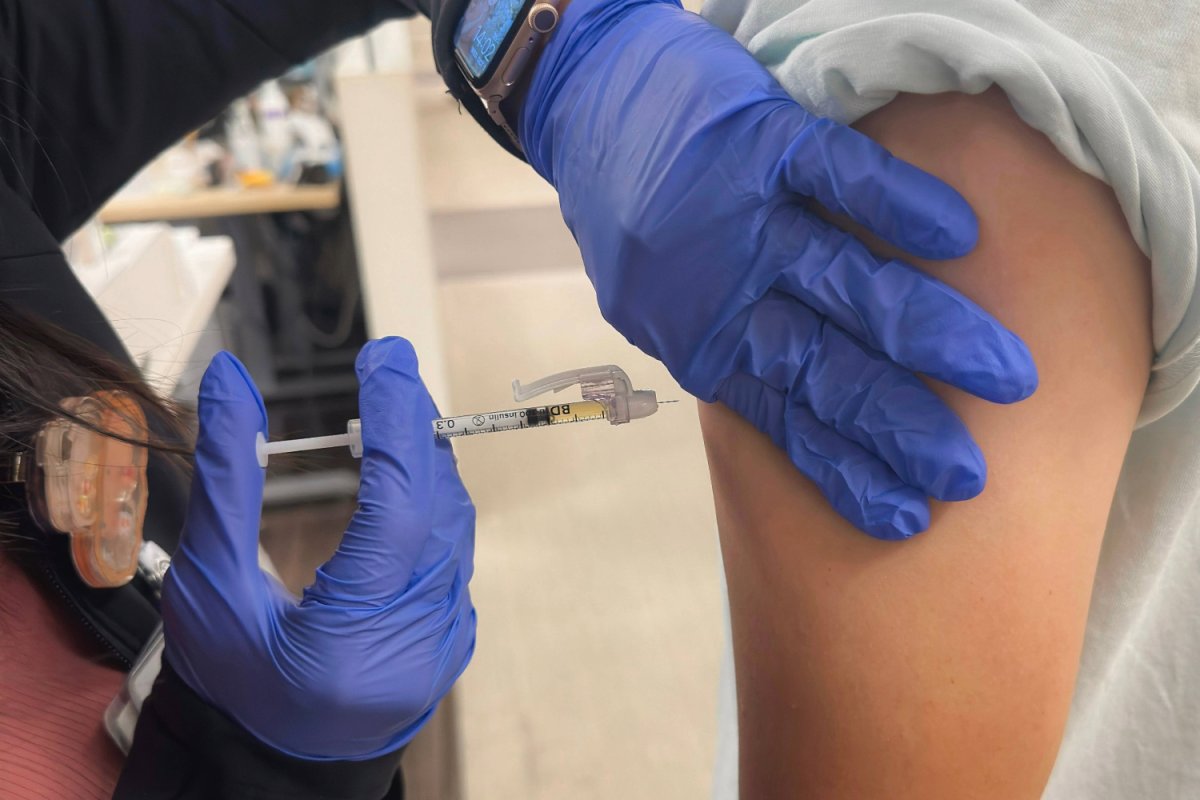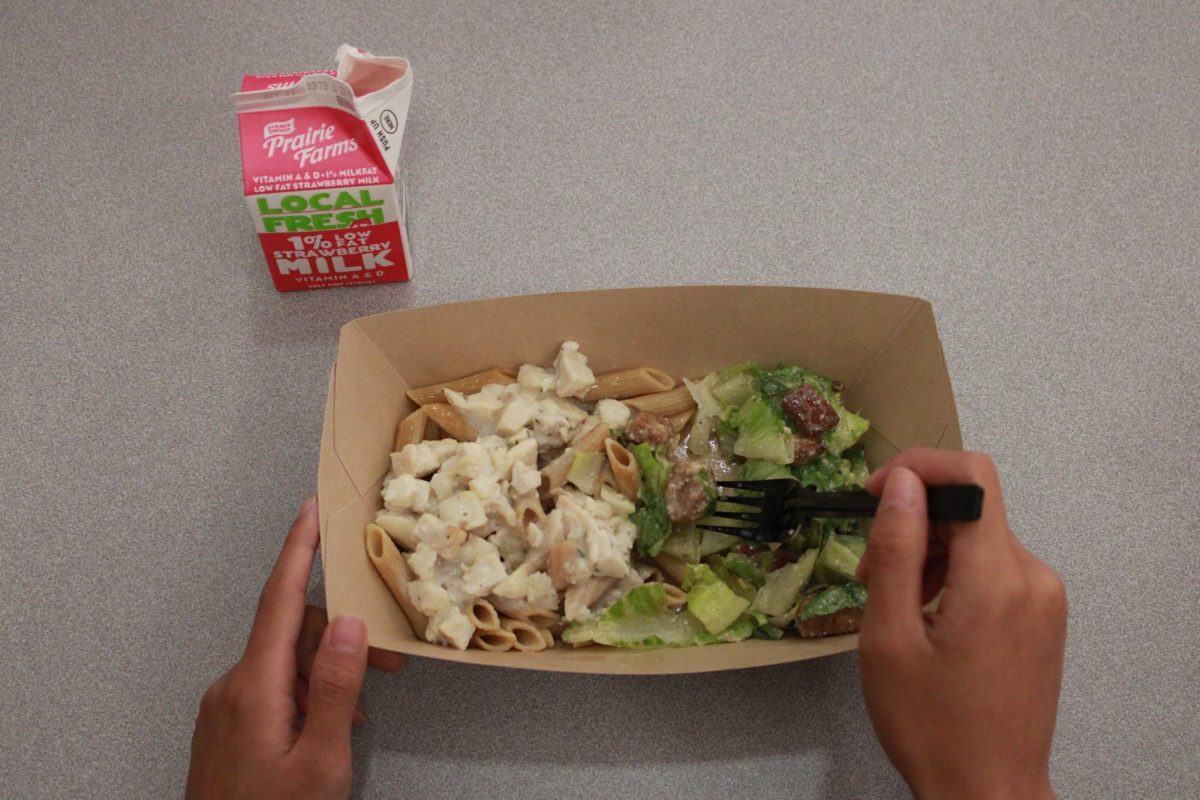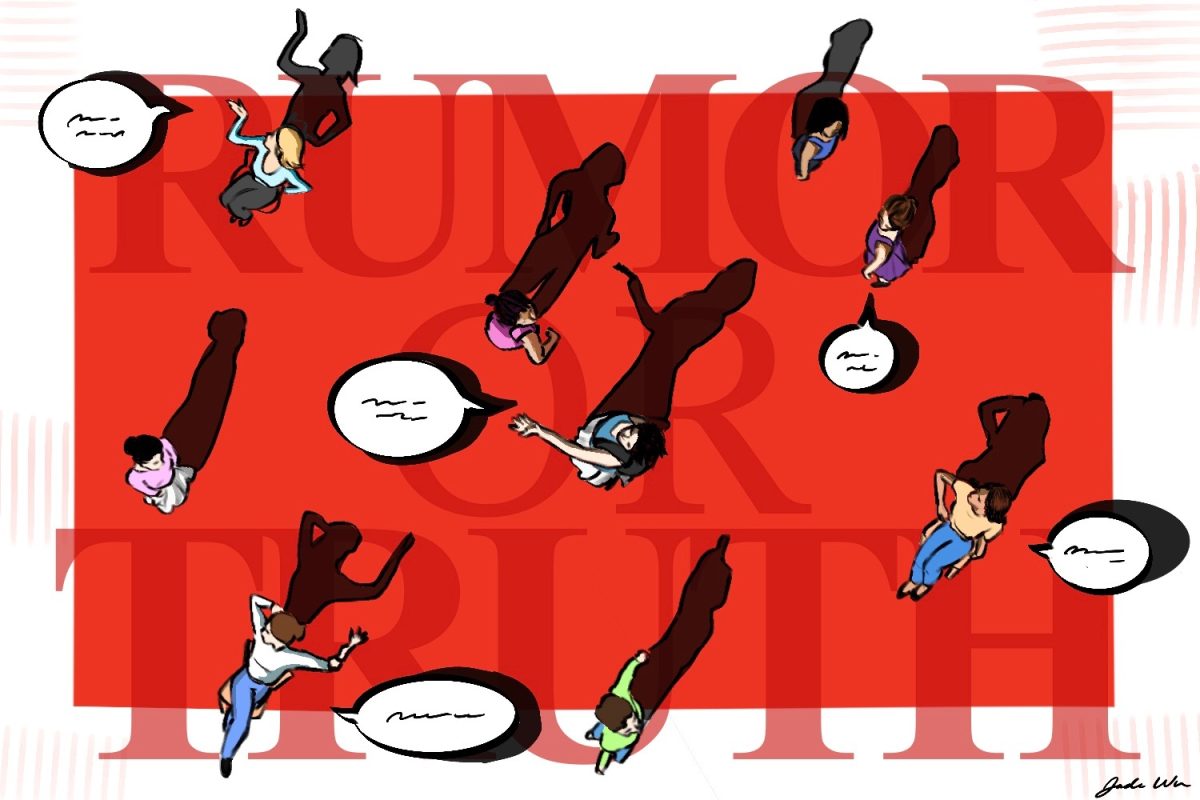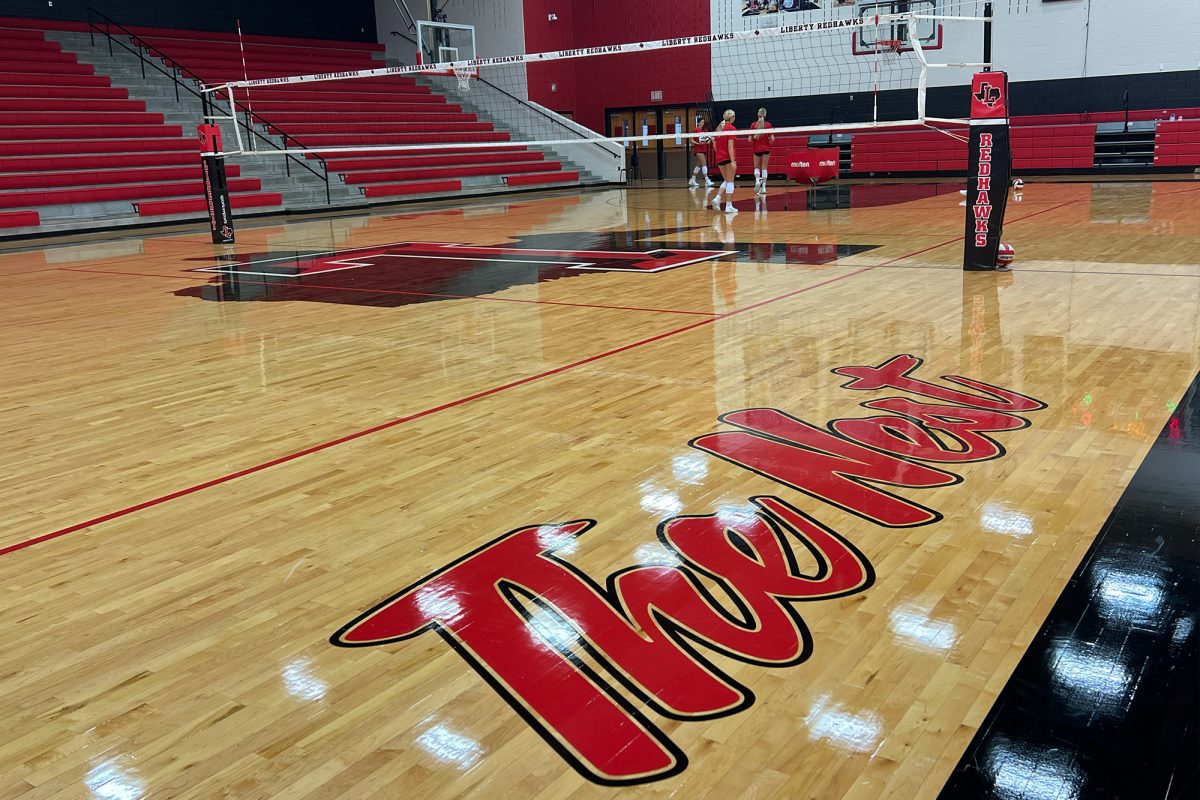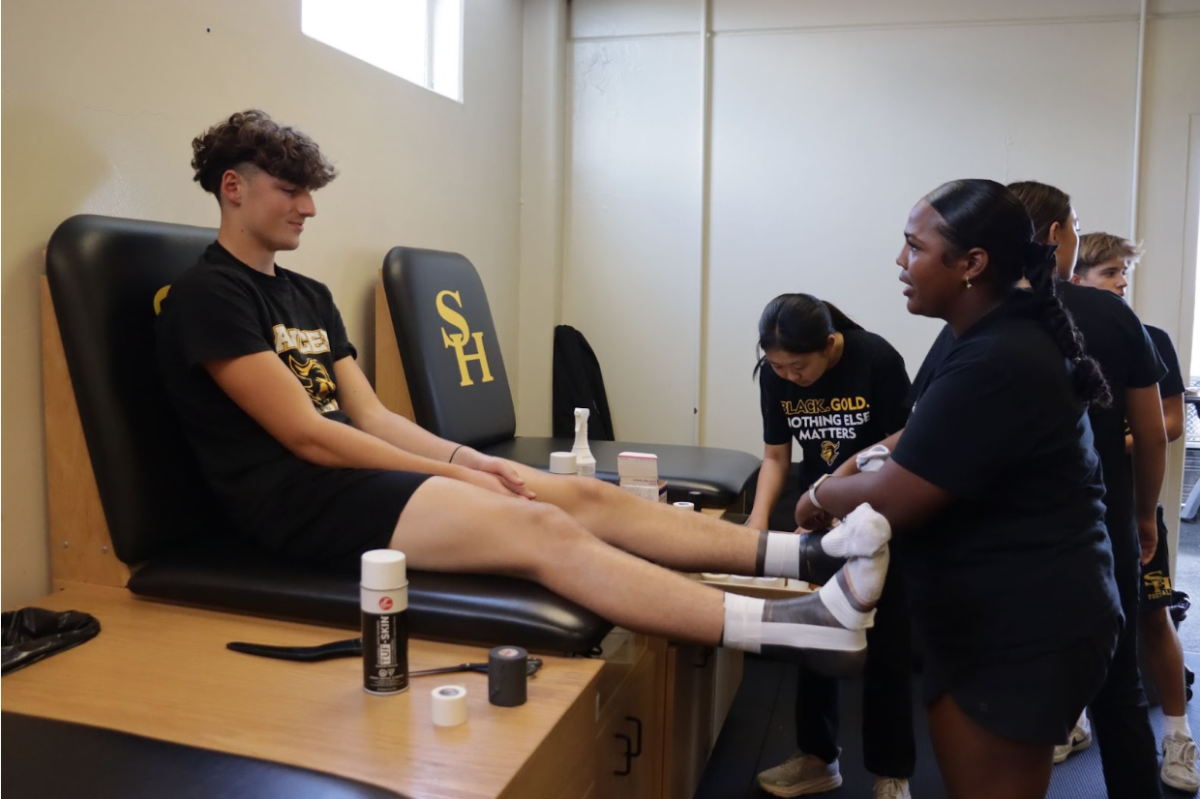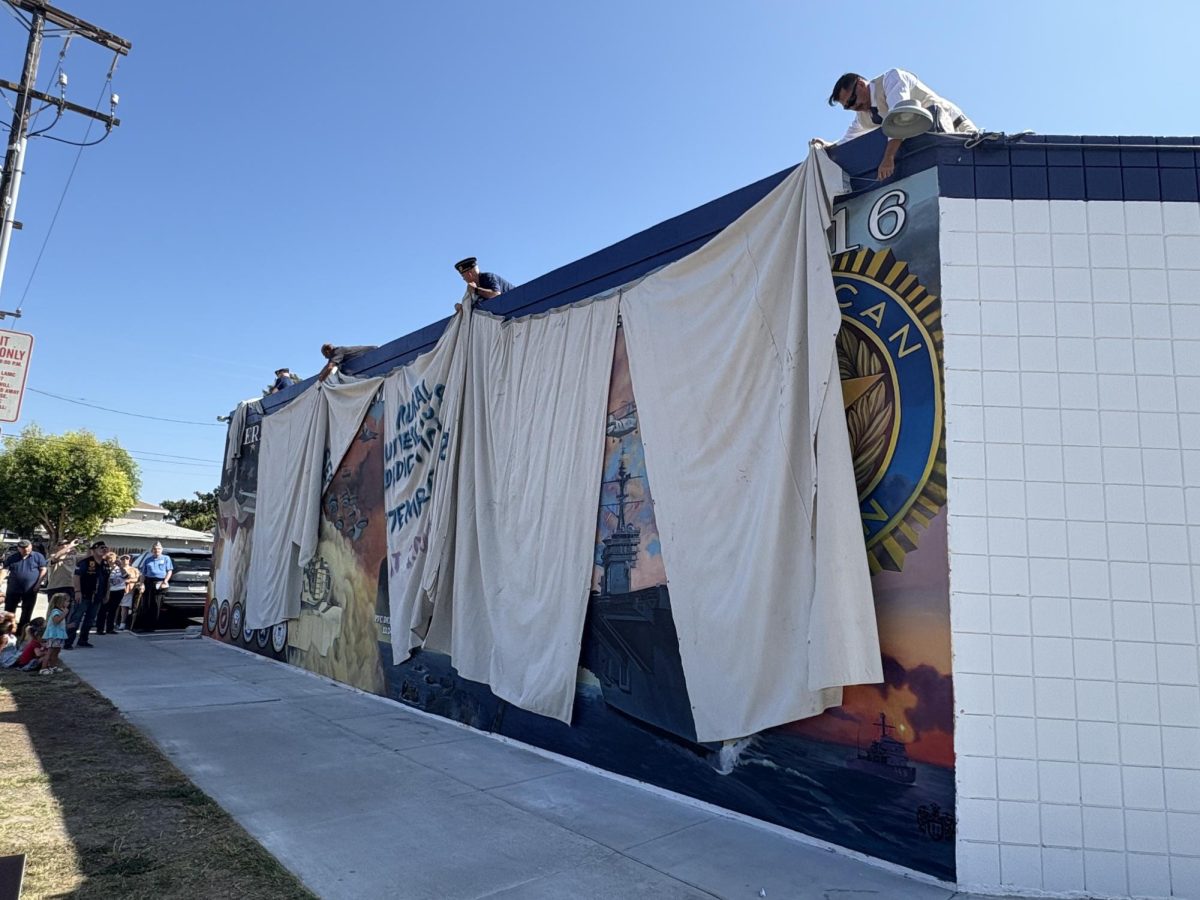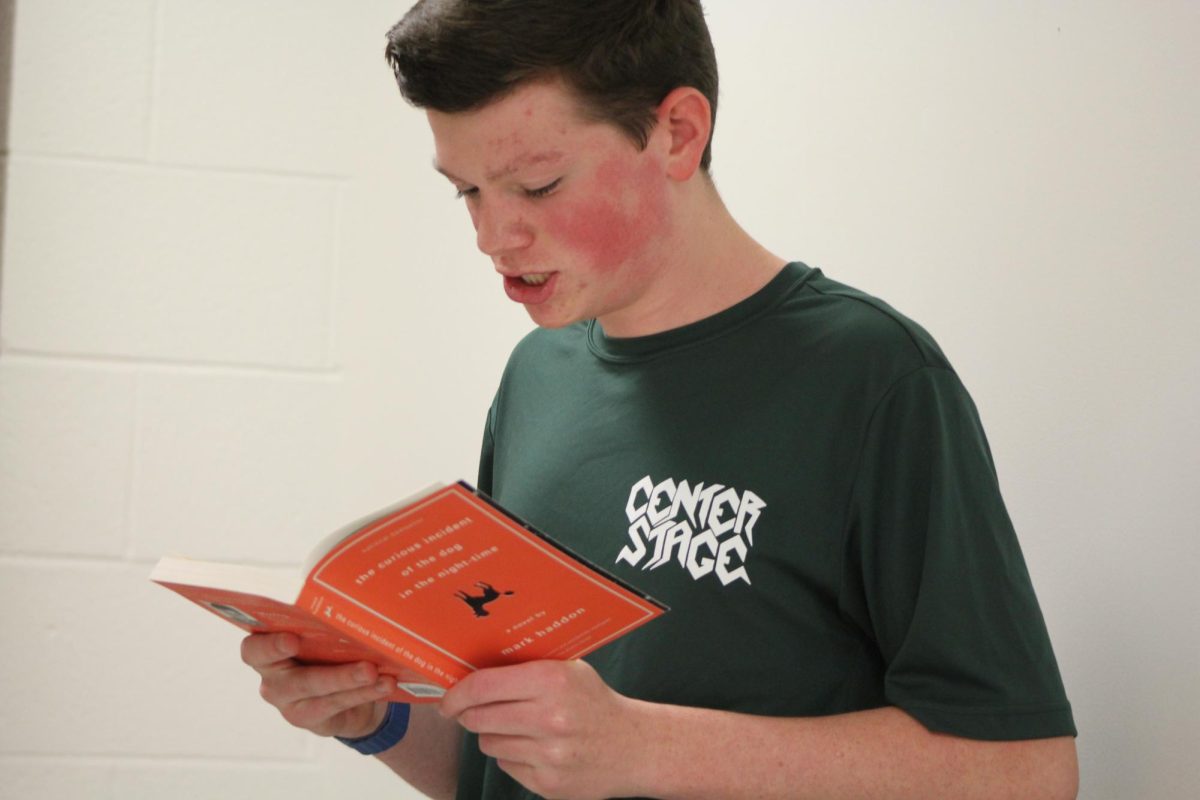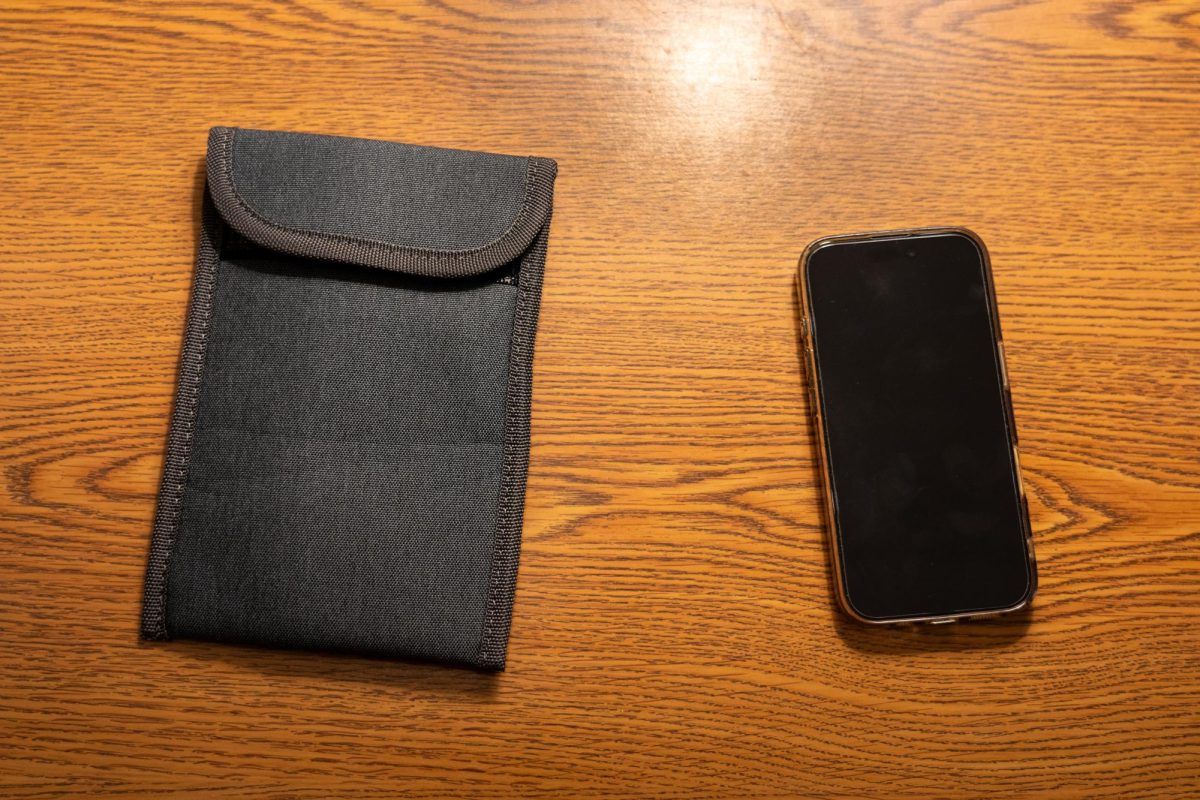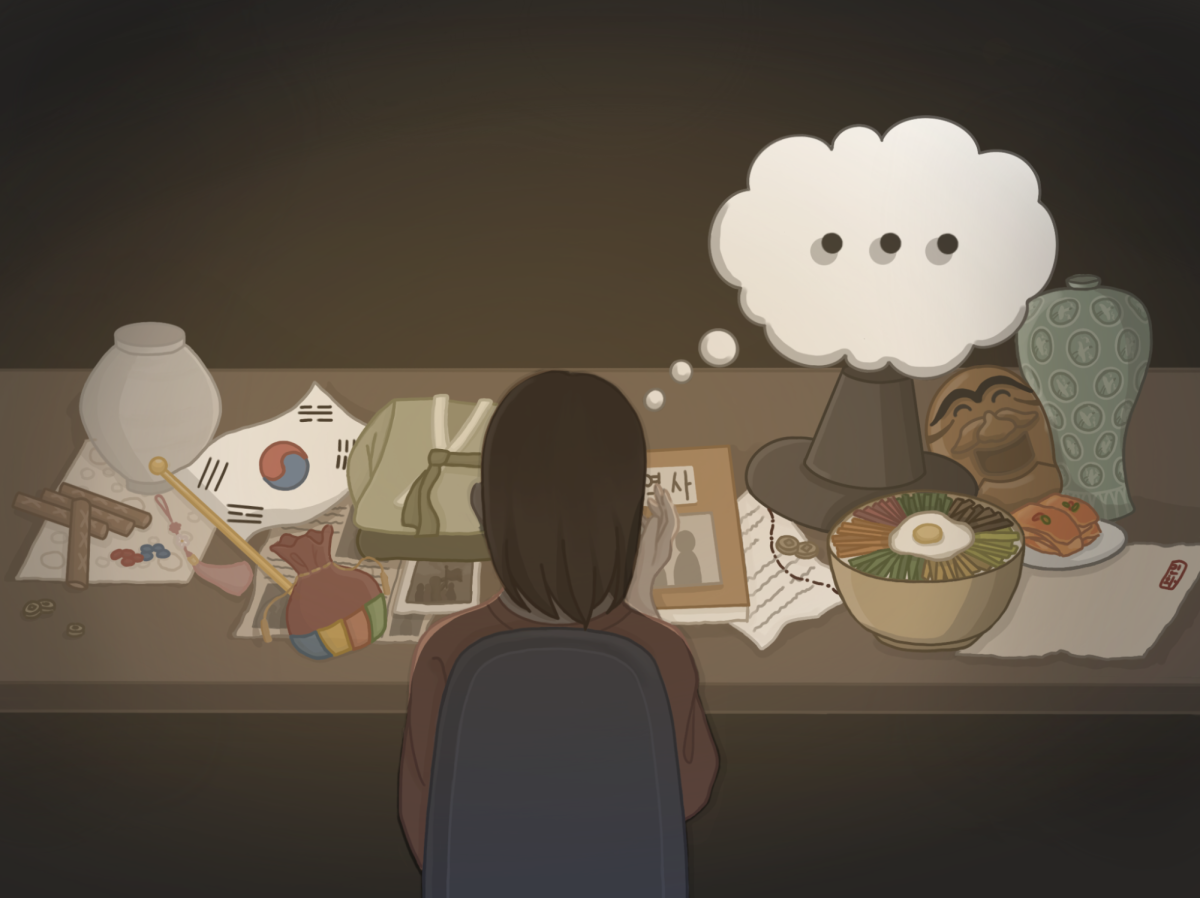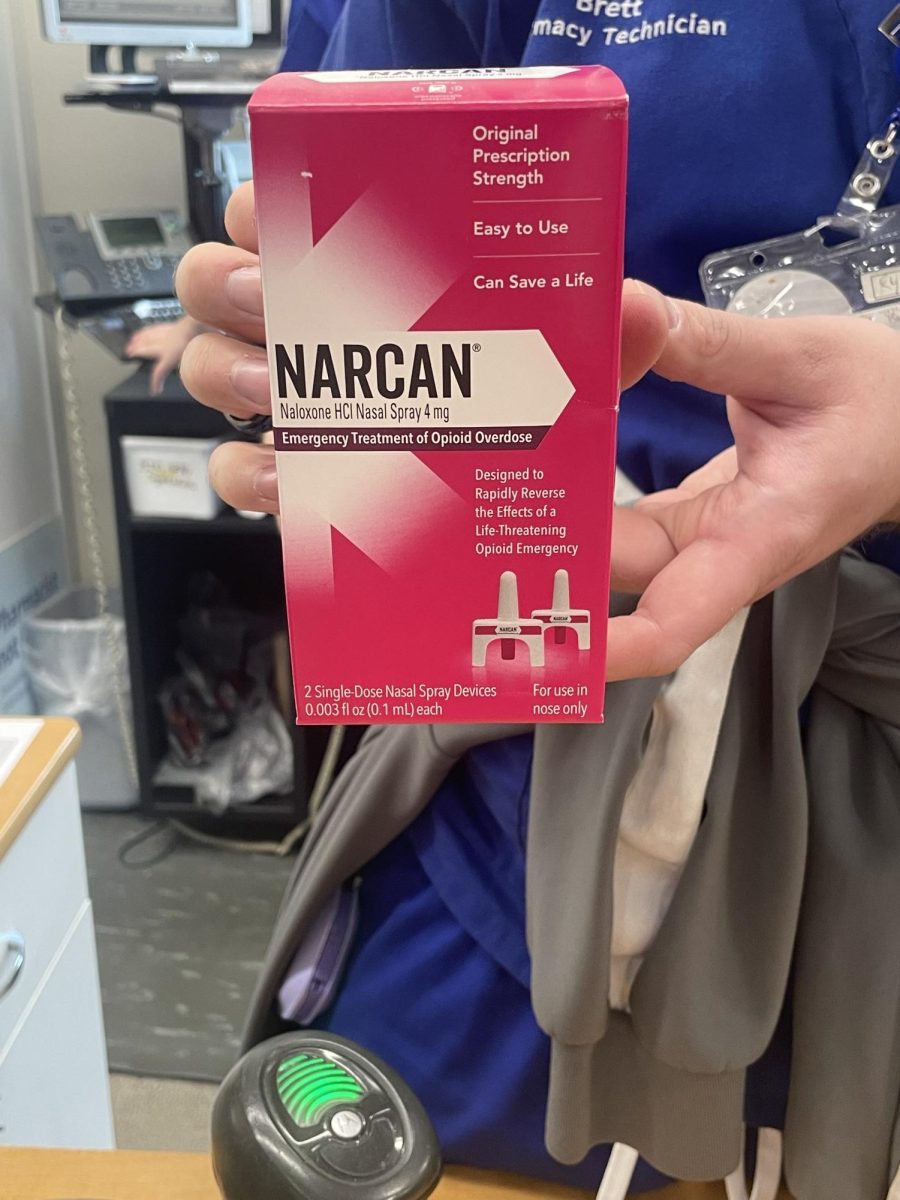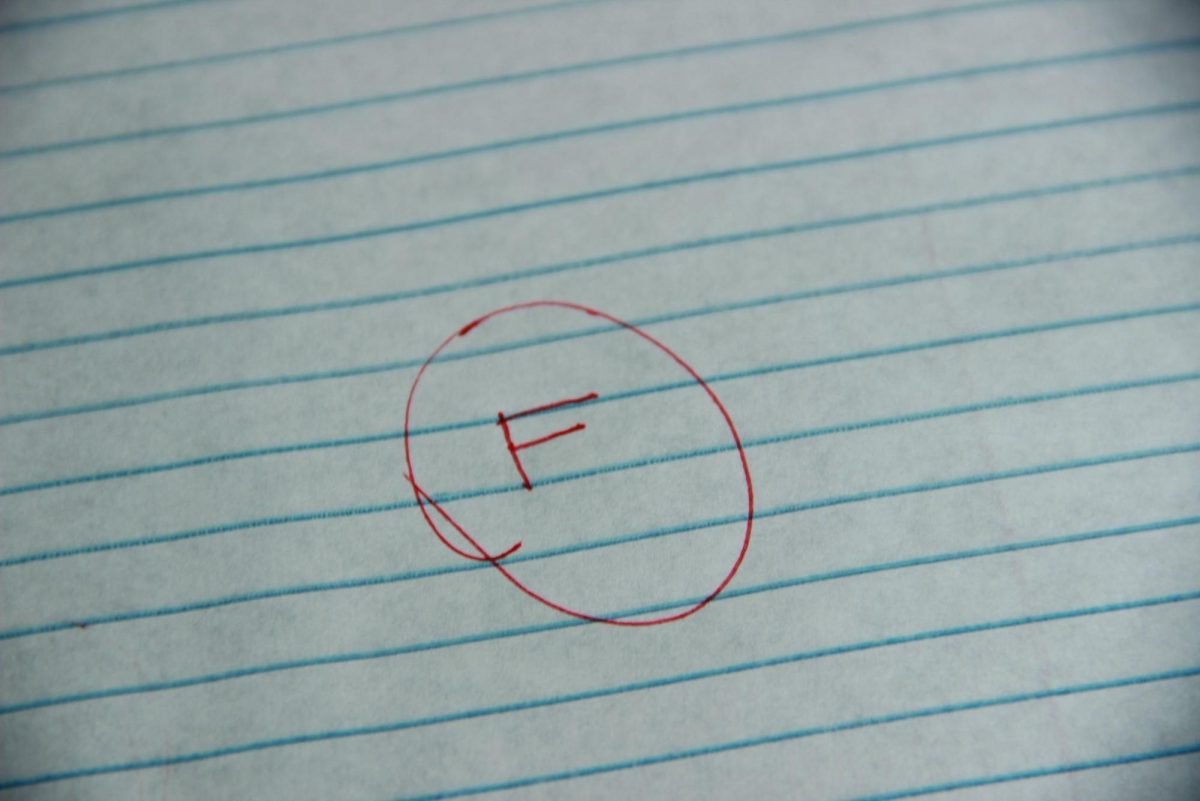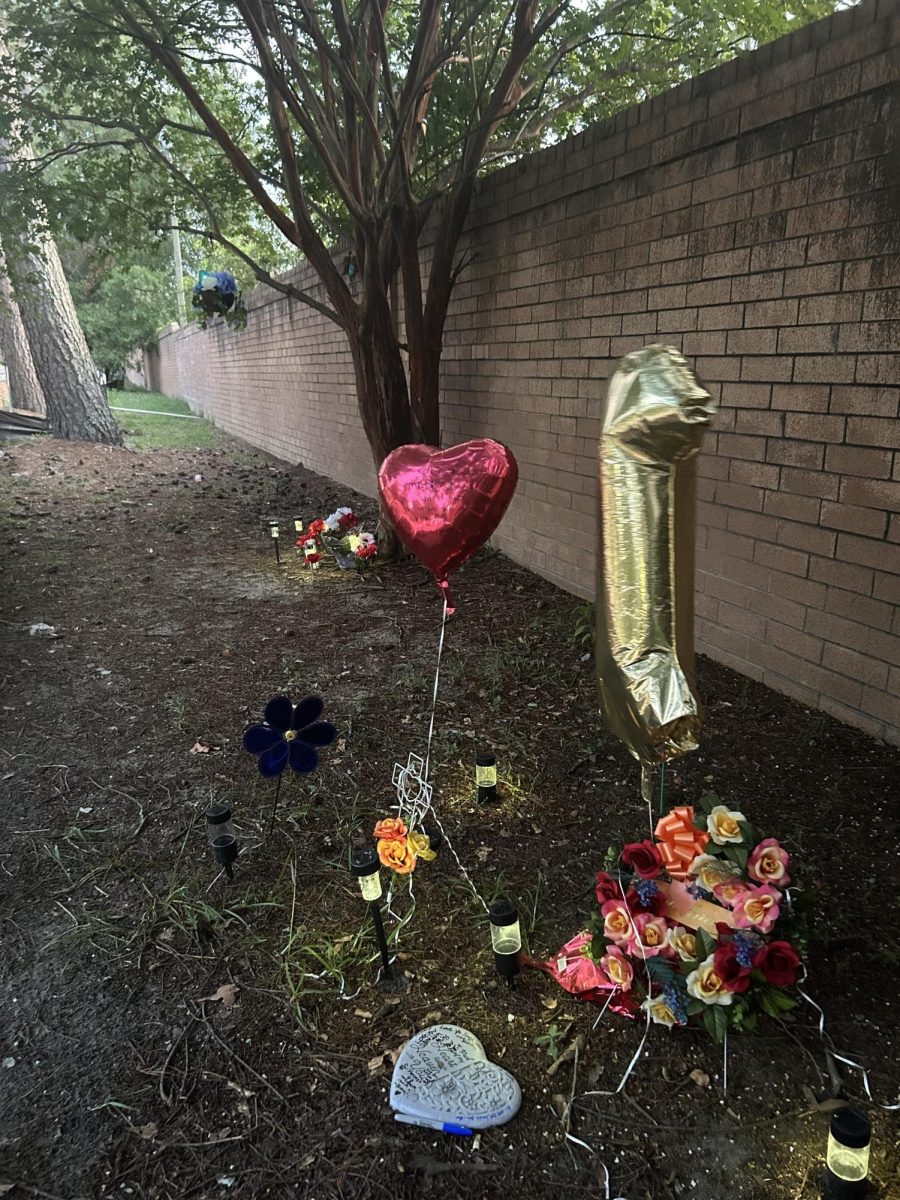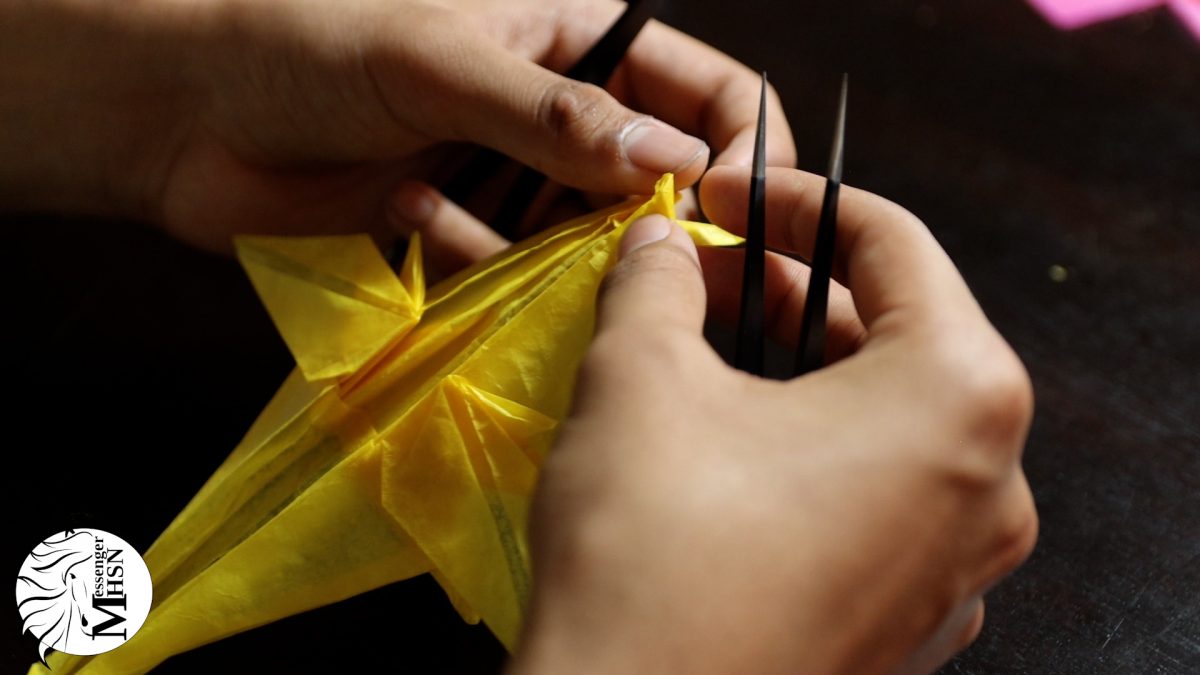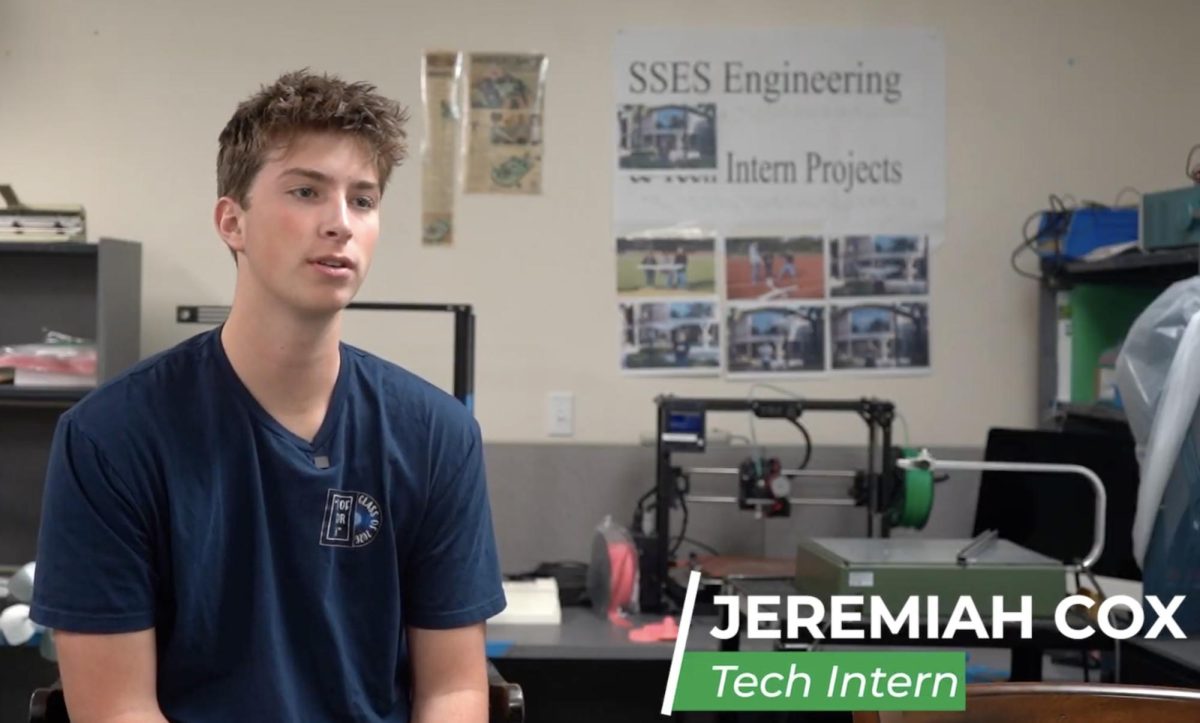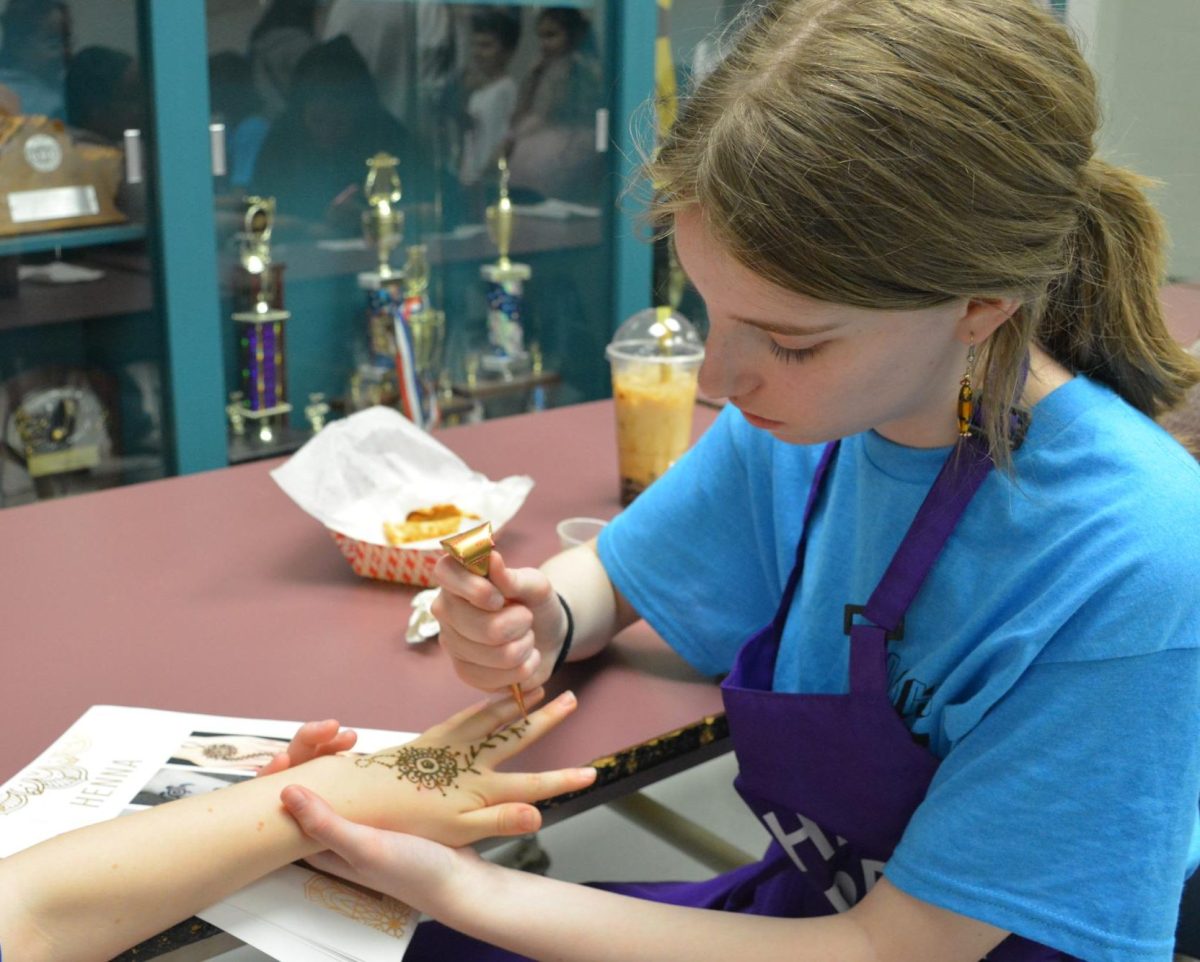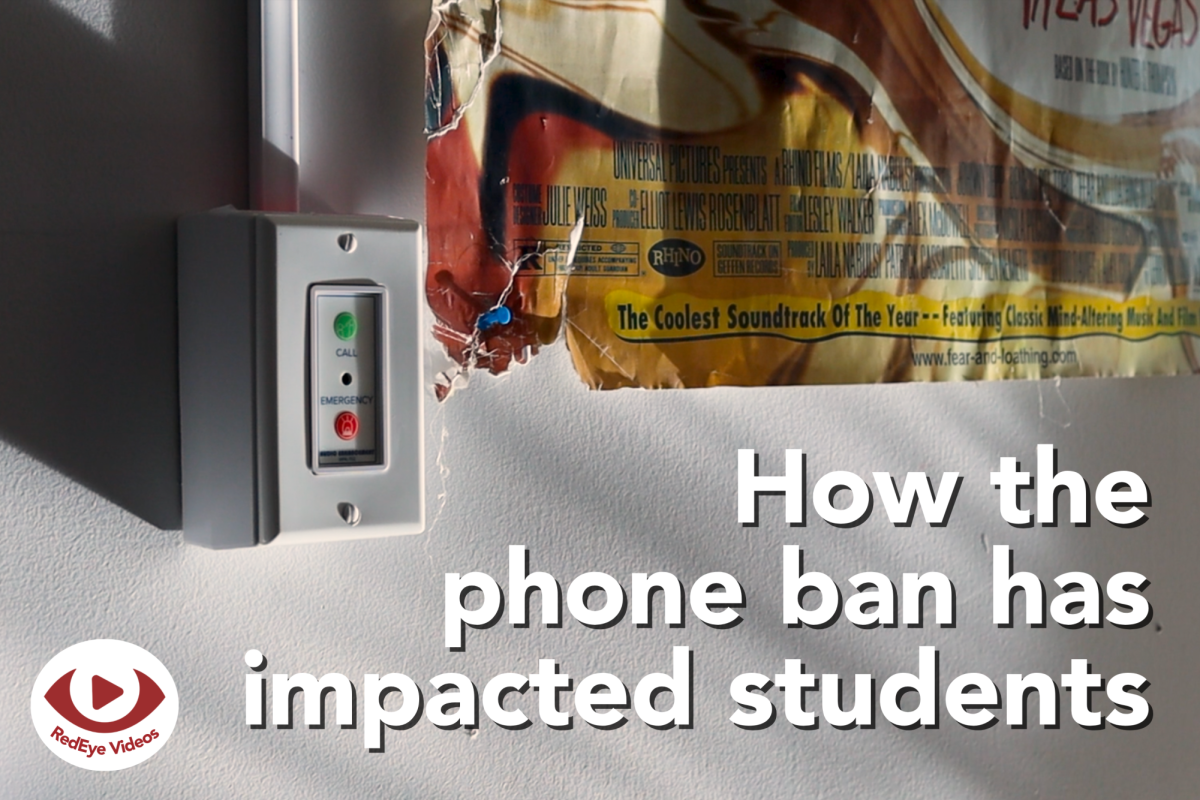It’s a crisp January night at the Heep Center, but graduate student Jess Atkin doesn’t mind. Making her way through the building, all is quiet when she enters her lab — save the hum of a few controlled growth chambers. Inside the chambers are tiny chickpea sprouts wearing little hats of moondust, their stems just rising out of the soil.
Atkin is a NASA Future Investigators Earth and Space Science and Technology fellow and a third year Ph.D. student in the department of soil and crop sciences at Texas A&M. She has successfully grown chickpeas in a 99% moondust simulant, or lunar regolith, that mimics the contents of the Moon’s surface.
“We’re trying to convert a toxic environment into one that mimics Earth’s soil,” Atkin said. “The goal is to have greenhouses on the Moon so astronauts can stay long-term without needing constant resupplies, which are very costly.”
Moondust itself is very abrasive; for astronauts, it is especially dangerous. The dust can easily cause micro-tears in space suits, pose serious health risks if inhaled and even damage mechanical systems or electrical components.
“Regolith is made up of various rock chips, mineral fragments, volcanic glasses and heavy metals, making it very sharp,” NASA space scientist John Gruener said. “Unlike Earth, the Moon does not have an active hydrologic cycle to smooth out minerals over time from constant weathering.”
While regolith also contains essential minerals, these nutrients may not be in forms readily available for plant uptake. To solve this problem, Atkin uses microorganisms.
“When mixing two types of fungi, rhizobia and mycorrhizae, into lunar regolith, the two develop a symbiotic relationship with the chickpea plant,” Atkin said*. “The mycorrhizae stabilizes the regolith’s structure and gathers inaccessible nutrients, while the rhizobia assists with nitrogen deficiency.”
Regolith itself has no nitrogen sources, which are essential for growth. Atkin’s bacteria gathers nitrogen from the air and converts it into a form plants can use, like ammonium.
“These tiny bacteria are some of the only living things that can take nitrogen from the air and turn it into plant food,” Atkins said. “In a lunar habitat, they pull nitrogen from the atmosphere and transform it into something plants can use, acting as a natural fertilizer.”
In her own research, and as a Space Plant Biology Lab intern at the Kennedy Space Center during the fall of 2024, Atkin successfully grew chickpeas in moon-like conditions. She and the team from NASA also designed the first experiment to grow plants on the Moon through the Artemis program.
“The hope is that after you take the chickpea out, the substrate is now suitable to grow other plants and safe enough for astronauts to handle,” Atkin said. “It’s so amazing to see the plants flourish, but it’s ultimately the transformation of the regolith that will change everything — especially in anticipation of NASA’s permanent presence on the Moon.”
Harrison Coker is a Ph.D. candidate in the department of soil and crop science and a NASA Space Technology Graduate Research Opportunity fellow. Coker’s research focuses on introducing regolith within aeroponics — a system that suspends plant roots in the air while they are misted with nutrients — which could be effective in low gravity environments.
“We put a Mars soil simulant into a recirculating aeroponic system and found that the chemicals secreted by the roots actually extracted nutrients from the regolith,” Coker said. “The nutrients were used by the plants and primed the soil for fertility. We could then take the fertile regolith out of the system after a few months, and use it for safer plant growth.”
Coker successfully grew wheat from Mars regolith pulled out of the aeroponics system, saying the plants were “absolutely thriving,” whereas any plants growing in the unmodified Mars simulant led to rapid plant death.
Before NASA can start constructing greenhouses on the Moon, more research is needed to combat the presence of heavy metals within the regolith, which can be toxic. While plants can grow in moondust, they are not yet safe for human consumption.
“We also need to think about the Moon’s harsh environment,” said Atkin. “There are extreme temperatures, radiation and low gravity, which could present significant challenges.”
For Coker, a challenge is producing enough fertile regolith within the aeroponics system — as their study only yielded a small percentage.
“Even with the challenges that come with space agriculture, the efficiency of both Jess and Harrison’s research projects will feed back into our systems on Earth,” said Gruener.
Atkin said making the most inorganic, desolate substrate able to grow food will serve as a tool for drought-prone, nutrient deficit environments here on Earth.
“There are so many countries that face drought, degraded soils and malnourishment,” said Atkin. “We could use this research to grow protein rich plants, like chickpeas, to not only feed more people but to also reconstruct the environment, making it more fertile for future crops.”
Coker, to test in-space effects on his aeroponics system, is partnering with Starbase Brewing, an Austin-based brewery aspiring to produce the first beer on Mars. This summer, they plan to send the first plant growth in soil off Earth experiment to the International Space Station aboard SpaceX Crew 11.
“I’m really excited about this opportunity to be the first to explore plant growth in a Martian substrate aboard the ISS,” said Coker. “This experiment represents a significant step in understanding how we can utilize lunar and Martian regolith for sustainable agriculture in space.”
In anticipation of NASA’s Artemis launch, Atkin is working on improving her research so astronauts can eventually take a portable growth chamber up to the Moon. There, they can test effects of radiation and low gravity on the chickpeas, regolith and bacteria.
“Right now, we’re doing a multi-generational growth project to see how many plants we can grow from the regolith, trying to achieve a most optimized state,” Atkin said. “Then, it’s hopefully off to the Moon.”
*Editor’s Note: Atkin clarified that Rhizobia is a bacteria, not a fungi.
This story was originally published on The Battalion on April 23, 2025.



